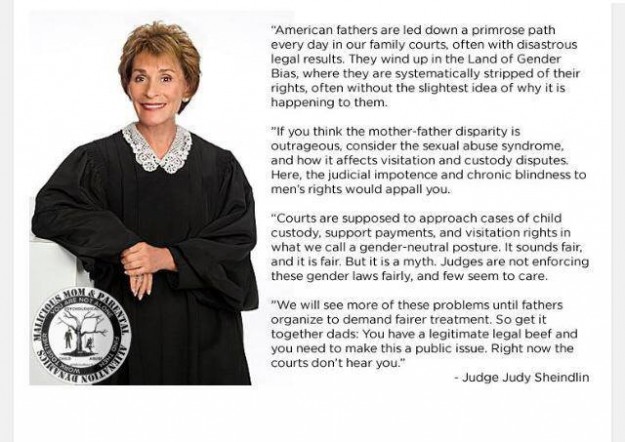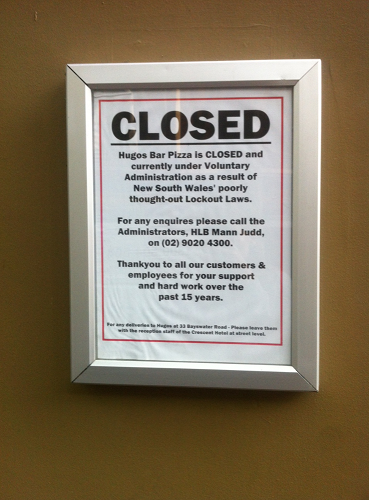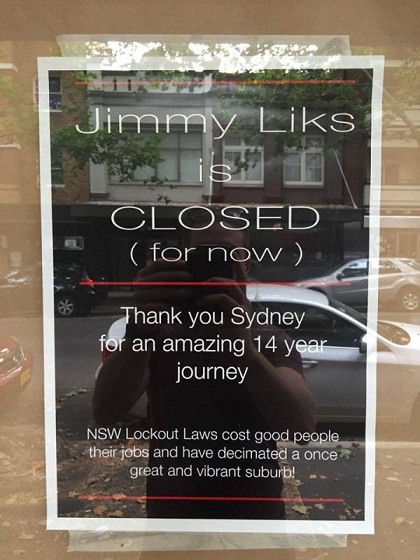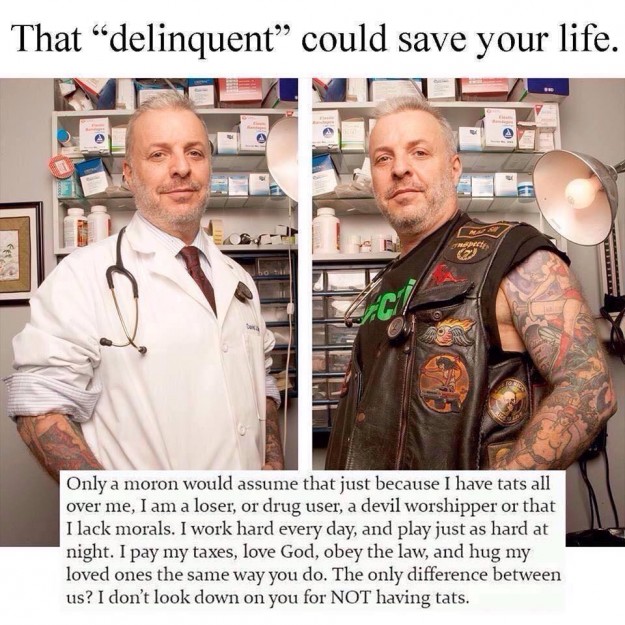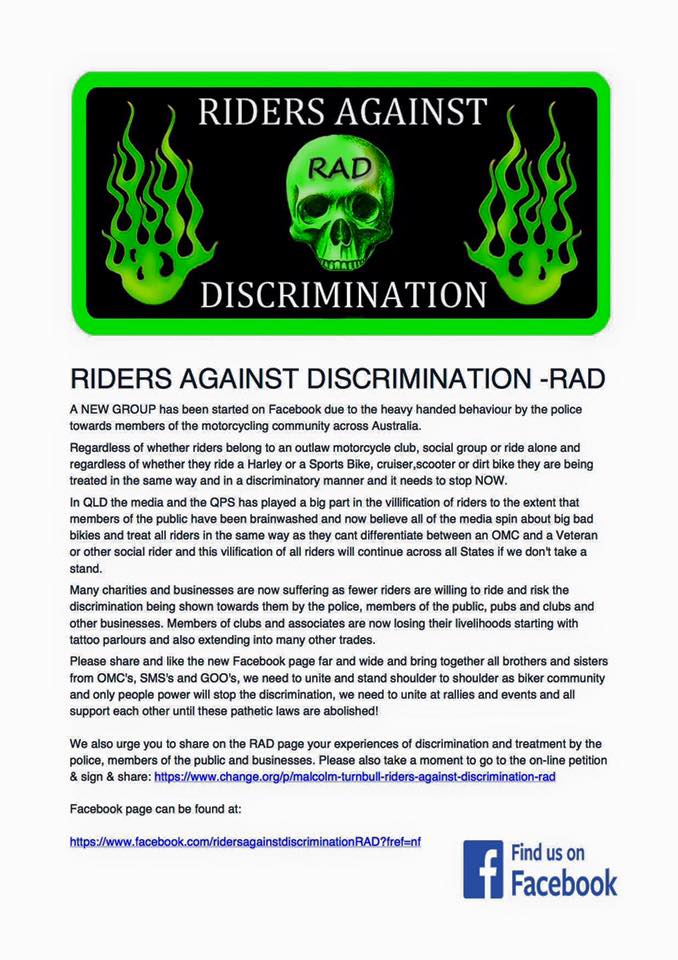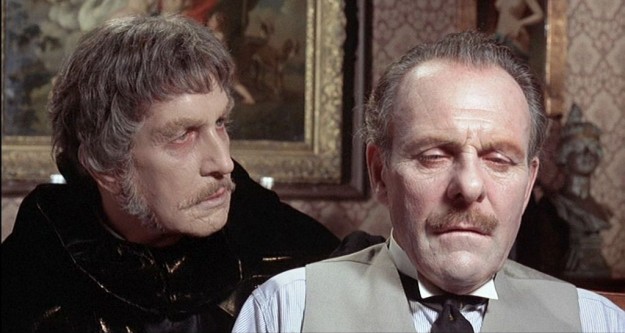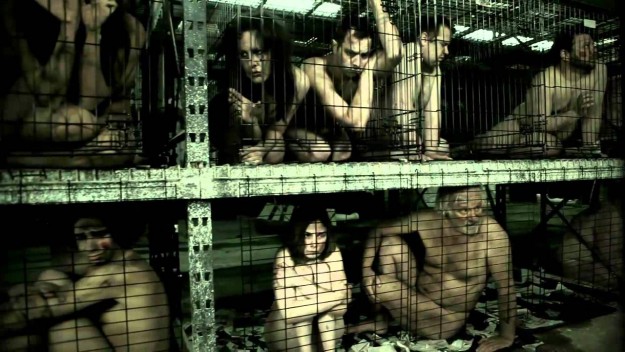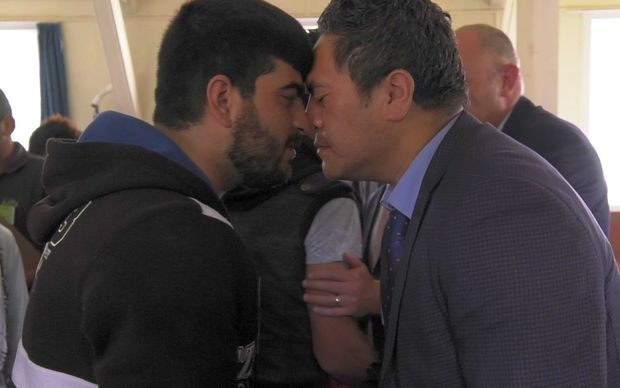
The following is an absolutely Damning testimony about what transpired in relation to the Murder of Lavoy Finicum by Agents of the American Government.
The whole thing was a planned murder.
They ensured it took place somewhere cell phone coverage was poor, and away from witnesses.
At no point were Lavoy and company given opportunity to peacefully comply.
They were fired upon without provocation… driven to enter the kill zone that had been set up ahead of them.
They were prevented from reaching the safe haven of the Sheriff in the next settlement to whom they made a last ditch effort to reach.
Lavoy was gunned down in Cold Blood by Agents wearing no Identification, and had a 9mm pistol planted on him.
Video that was shot during the chaos by the victims was confiscated and remains hidden from the public.
Other footage taken by the Agents has not been relaesed.
Footage that has been released has had all identifications removed…. audio removed… and had it’s quality degraded to cover up the extreme and unprovoked volleys of gunfire that the authorities poured out… and the sequence of the 9 shots they fired…killing Lavoy.
This was an Execution and incarceration of dissidents… as sure as happens In Zimbabwe… Russia… and other tyrannies.
Listen to the link/ video below…
WITNESS TO THE LAVOY FINICUM SHOOTING SPEAKS W/ DMLLast night, due to time constraints, UNFILTERED played a portion of the interview with Shawna Cox. The attached video is the entire interview. You will find it very interesting. Worth a watch and share. DML and team will continue to put together the pieces of what took place in Oregon, plus, DML and team will be launching a full investigation into the BLM and how they go about their business.
Posted by Dennis Michael Lynch on Friday, February 12, 2016
Read> Obama Government Calls in the Black Opps to Burns to maintain his grip on Power.
Furthermore… as part of a Obama’s well planed Party political strategy to outlaw and arrest ‘Enemies of the state’… they have arrested Cliven Bundy and indited him trumped up charges even though all his actions were within the rights of citizens under the constitution which is the highest Law of the Land.
Obama’s ambitions to overthrow the second amendment are at the very forefont of American politics and has huge support amongst Democrat voters… and it is among this sheepish sector of the population that you find vile racist hatred for Cliven Bundy and the Cowboys whom are being trampled under foot…. *Because of their forthright stand on the second amendment*
Read> Bundy Cowboys and Militia Stand on the highest legal ground… Why the 2nd Amendment was enshrined.
High Noon at the Bundy Ranch. “A Tiananmen square moment”.
Shitstorm in Nevada! The Crisis Revisited. DC Clothesline.
The Motive behind all these Covert and criminal activities of the Obama administration is that with The ‘Fiscal cliff’ Debt crisis that threatens to shut down the US government, Obama is desperate to find pretext to nullify the Second amendment and to be allowed to use the police and military personnel to forcibly remove the arms of the american people and to arrest…. even kill anyone who resists…suppressing any hope of the American people fulfilling the founding principles of their nation …. and their constitutional rights to overthrow the government by force of Arms when it has become contrary to it’s proscribed legitimate function… the defense of the rights and Liberties of the American people.
Obama has it in his head that the maintenance of the Status quo is of far greater importance than operating lawfully, and is no doubt prepared to use the full force of the Machine against the American people.
His propaganda engines are in full swing to fool the sheeple to thinking the Law is on his side, and that any dissenters… like the Bundy Ranchers are racist religious extremists.
We also have situations elsewhere in which the true ‘Free press’… vigilant independent Journalists and bloggers critical of the government and Police disregard for the Law are being jailed for filming the police.
Read this : Greater Cleveland CopBlock Founder Sentenced to 240 DAYS in Jail For Filming the Police
Quote: ‘Deo Odolecki, founder of Greater Cleveland CopBlock, host of CopBlock Radio and CounterCurrent News editor, was on trial the last two days at the Parma (OH) Justice Center regarding two cases where he was arrested while CopBlocking (also known as filming the police). Both cases involved First Amendment rights (like protesting unconstitutional government actions and filming the police) but instead of upholding those rights, Judge Deanna O’Donnell denied them when she sentenced him to 240 days in jail’
Society's Changing View of Police.
The Simple "WHY" of Society's Changing View of Police.
Posted by Dave Champion's Liberty on Sunday, January 10, 2016
Though his grip on power is virtually secure due to a divided nation, Obama is fully aware that in this age of the Internet, it might only take a small number of Vigilant and vocal patriots to expose his tyrannical ambitions and potentially rally the American People against him… and so he is hellbent on silencing such voices.


We also have the FBI routinely Bugging and tracking whosoever they like… refusing to give any valid reason for their activities… and then threatening law abiding citizens when they get exposed!
Just business as usual?… maybe… yet it is part of an emergent systemic pattern that shows us the growing tyrannical attitudes of the system… and disregard for the rights and liberties of the people.
See Here > Man Finds FBI Tracking Device on Car, Posts Photos Online, Gets Visit From FBI
“Days later he was able to learn the direct source of the tracking device, when he was visited by a large group of FBI agents who had seen his posts online, and wanted their device back.+
When he was visited by the agents, Yasir had obvious questions about the situation. Who had planted the device on his car, and why? Was he suspected in some sort of investigation?
The agents refused to answer any of his questions and told him that if he refused to cooperate with them that they were going to make this situation as difficult as possible for him”
And worse still All the way from Front line Police to Supreme court… the System is being filled up with Corrupt officers and Judges who show complete disregard for the constitution.
This from Dave Champion….
Deputy Threatens Man – But Doesn't Know To Whom He's Speaking!
Posted by Dave Champion's Liberty on Saturday, February 13, 2016
And even more distressing situation… because of how high up the ladder it has occurred…. one of the Few remaining Supreme court Judges whom was most faithful to the Constitution and has thwarted attempts in the past to circumvent the 2nd amendment has died ‘of natural causes’ and it is feared that he will be replaced with yet another Party political Stooge, allowing the Anti-constitutional agenda of the Democrat party steam on ahead less impeded.
This type of Political appointment has been going on for years by both parties and is the chief reason the constitution lies in shreds.
Yet with the Obama Administration the debt crisis, the accrual of power, the manufacture of Corrupt legislation, and undermining of the Rights of the people has reached crisis point.
This from Dennis Michael Lynch’s Facebook page…
AMERICA IS OFFICIALLY SCREWED
Today, Supreme Court Justice Scalia, a hard-nose conservative died. This means Obama will appoint a liberal judge and his pending amnesty will go through, and that’s just the start.
Read> Editorial: Scalia stood for the Constitution

At 79 years of age, it is easy for most to accept media reports that The Judge succumbed to ‘natural causes’… before any medical examination or Coroners report has been completed, yet more suspicious minds…. some with a ‘more than generous’ helping of distrust of government wonder if the Conservative Judge was bumped off.
Conspiracy theory at it’s finest?…. maybe…. yet with all that has been going on with regards to the high stakes game The US Government has been playing… ruthlessly and methodically implementing it’s strategies to maintain power and control at all cost and by any means necessary… to prevent an uprising of the People in the face of eminent financial collapse… speculation about such a political assassination is not at all as far fetched proposition as would be the case under less dire circumstances.
A Government that is busy murdering and imprisoning Defenders of the Second amendment, would have little reason to hesitate given the ease of convincing the people that the death of an old man as being nothing more than nature taking it’s course…
An even more insidious possibility is for the powers that be to actually participate in the mass production of ridiculous conspiracy theories themselves… burying the truth under a mountain of insanity… and by provoking a backlash of shear incredulity render the truth unbelievable.
Having in the wake of Post 911 Panic poured in billions of dollars into ‘anti-terrorism’ equipment, strategies, and training of secret corps of anti-terrorist squads, CIA hitmen, etc who will obey any order given under the guise of ‘National security.
We are talking about large numbers of Police and military personnel who are trained to take out Fellow Americans deemed to be ‘Domestic terrorists’, etc. We are talking about Fema Camps set up to ‘deal with large numbers of Americans the State considers ‘a problem’.
Just looking at the sort of tactical response the handful of protesters in the Oregon wildlife center summoned from the establishment evidences the huge apparatus that covertly exists and is ready to be deployed.
Now such speculations about the assassination of Antonin Scalia may be nothing but paranoia, nonetheless even if his death truly is merely a ‘fortuitous happenstance’ for the Regime, still the opportunity will not be missed for Obama to attempt to install another political puppet into the Supreme court … one with the same disdain for the constitution as Obama has.
“With a half-dozen or more major cases and the ideological tilt of the court in the balance, Obama said he planned “to fulfill my constitutional responsibility to nominate a successor in due time.”
from here
what makes the death of Justice Antonin Scailia so monumental is that by far the majority of Supreme Court judges are traitors to the constitution and absolutely fail in their duty to be the vanguard of Justice against abuses of power.
They have by majority decision already deemed it not to be the duty of the Police to protect and serve… but to enforce party political dictates and agendas…. this virtually overthrows the just foundations of the constitution in which the government is the servant of the people… not their masters.
Now The State is master… and the Police are there to force the people to Obey.
The Supreme court just decided that the police can invent the law as they go along, and that when they make false arrests that the people have no defense.
The Corruption and draconian powers of the Police are beyond belief!
They literally get away with murders every day.
So-called independent bodies created to keep an eye on the police suffer political pressure from the highest sources to absolve the Police of wrongdoing…. almost no disciplinary actions reach the courts.
Prosecutors fail to prosecute criminal Police activities, and when they do… Judges rarely convict.
Now the New York Police seek powers to prosecute Innocent people who are guilty of no crime other than resisting falce arrest!
Quote: ‘Cops using resistance as an excuse for their own abuse isn’t some wild conspiracy theory. Sam Walker, a law-enforcement expert and retired University of Nebraska-Omaha criminal justice professor, told WNYC in December:
“There’s a widespread pattern in American policing where resisting arrest charges are used to sort of cover – and that phrase is used – the officer’s use of force,” said Walker, the accountability expert from the University of Nebraska. “Why did the officer use force? Well, the person was resisting arrest.”
Read more here> NYPD Has a Plan to Magically Turn Anyone It Wants Into a Felon
Read this : Leaked Documents Show Exactly How Cops Get Away With Brutalizing the Public
Quote: ‘Documents and contracts leaked when hackers recently breached the servers of the Fraternal Order of Police have revealed “guarantees that disciplinary records and complaints made against officers are kept secret or even destroyed,”according to a new analysis by the Guardian.
Questions have surrounded how police officers simply move on to the same job with another department after facing disciplinary action or complaints — and these leaked documents appear to offer at least a partial explanation:
“A Guardian analysis of dozens of contracts obtained from the servers of the Fraternal Order of Police (FOP) found that more than a third featured clauses allowing — and often mandating — the destruction of records of civilian complaints, departmental investigations, or disciplinary actions after a negotiated period of time.
“The review also found 30% of the 67 leaked police contracts, which were struck between cities and police unions, included provisions barring public access to records of past civilian complaints, departmental investigations, and disciplinary actions.”
Anyone attempting to hold police accountable for inordinate use of force and other offenses are often stymied by the so-called Blue Wall of Silence — the invisible, and seemingly impenetrable, tendency for police to close ranks to protect their own when an officer is accused of misconduct in some form. But as the Guardian’s report shows, that mythical Blue Wall has very concrete manifestations.
In fact, as University of Nebraska professor of criminology Samuel Walker explained, there could be “no justification” for such purges of officers’ records, particularly since they would evidence use of force against civilians.”
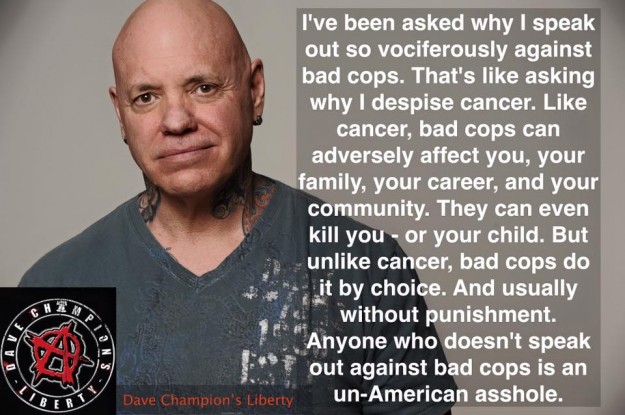
Read> Legalised Force attracts Thugs and Bullies like flies to…
Supreme Court Rules Police DO NOT Need A Warrant To Search Your Home
against the 4th amendment of the constitution
In isolation each of the things I have mention in this post ought to be of grave concern…. yet when looked at in totality… it is absolutely frightening!
And I have only touched upon the tip of the iceberg!
All these Events and trends spell the end of American Liberty and the prosperity and justice that comes from it.
What stands ahead is tyranny, and poverty.
The Cosmos is falling into Evil Conjunctions and the Rise of The Man of Sin is Eminent.
His way has been prepared.
The Sheeple are ready to embrace him.
The powers of Darkness are moving against Christians and anyone else who will not bow the knee to the Leviathan State.
Yet the *REAL PROBLEM* Ultimately in all of this is *helplessly* *hopelessly* witnessing the acceleration of the America towards 666… because the powers that be have all but extinguished belief in the enlightened Ideals upon which the Greatness of America was founded.
The hope that a few bloggers and patriots will be able to rekindle the brush fires in the collective mind of such politically Zombified masses is virtually nil… and without that… all is lost.
The last Libertarians holding up the torch will be crushed into silence.
Satan Laughing spreads his wings.
I will leave you with one last David Champion video… it virtually signals the End…. unless by some miracle and New Enlightenment based upon the love of Liberty and the Inalienable rights of individuals causes the people of America to forget their partisan delusions of the Left and Right… and unite for the same cause that gave birth to their once great nation.
And this will only happen if everyone who sees The Riders of the Apocalypse on the horizon… calls their family, friends and neighbors to forget their Partisan squabbling… and Rise as a United people for the sake of Liberty against the Tyranny that is not at the gates…. but barging through the front door!
Preppers Keep Peppin!
Tim Wikiriwhi
Christian Libertarian.
New Zealand.
Time Fighting the Federal Govt?
Is it Time to Fight the Federal Govt?
Posted by Dave Champion's Liberty on Friday, January 29, 2016
*IMPORTANT!*
No matter where you are in the world… please sign this petition (below).
Not only do we all need to put pressure on the US government to look into this henious crime… but also to let them know… we … out here in the world beyond US Boarders are watching and are aware of the despicable deed being done.
Petition for Congressional Investigation of LaVoy Finicum’s Assassination

Update: Justice Antonin Scailia…. *No Autopsy!*
‘KOOK’ Alex Jones has the jam….
Police Call For Investigation Of Scalia's Death
Posted by Alex Jones on Tuesday, February 16, 2016
Donald Trump …
Trump Asks, Was Scalia Murdered?
Posted by Alex Jones on Tuesday, February 16, 2016
More from Tim….
Bad Moon Rising: The Murder Lavoy Finicum.
The Murder of Lavoy Finicum. (2).
US State Terrorism. Pretext to abolish the second Amendment. Bundy’s declared ‘Domestic Terrorists’.
Daddy… What part did you play in the Revolution?
Filthy Bastards: “It was an Accident”. Kim Dotcom Raid.
Onya DotCom! He does Kiwi’s a great service by Suing our Corrupt Government for $6 million.
The GCSB BILL… Arabs (and Maori Radicals) with knives at the foot of the bed!
Turkey shoot! Why Tyrants and Psychopaths Love Gun Prohibition.
The Coming American Civil War.
The Rape Of American Democracy
Epitaph. The Death of America and Western Democracy. Ron Paul’s Farewell Speech.
White Rose. Hans and Sophie Scholl – The Final Days: True Story of Anti-Nazi Activist
For Goodness sake…Stick to your Guns!
Nazi Thugs just over the ditch! Australian Police State well advanced… New Zealand Bikers Beware!














